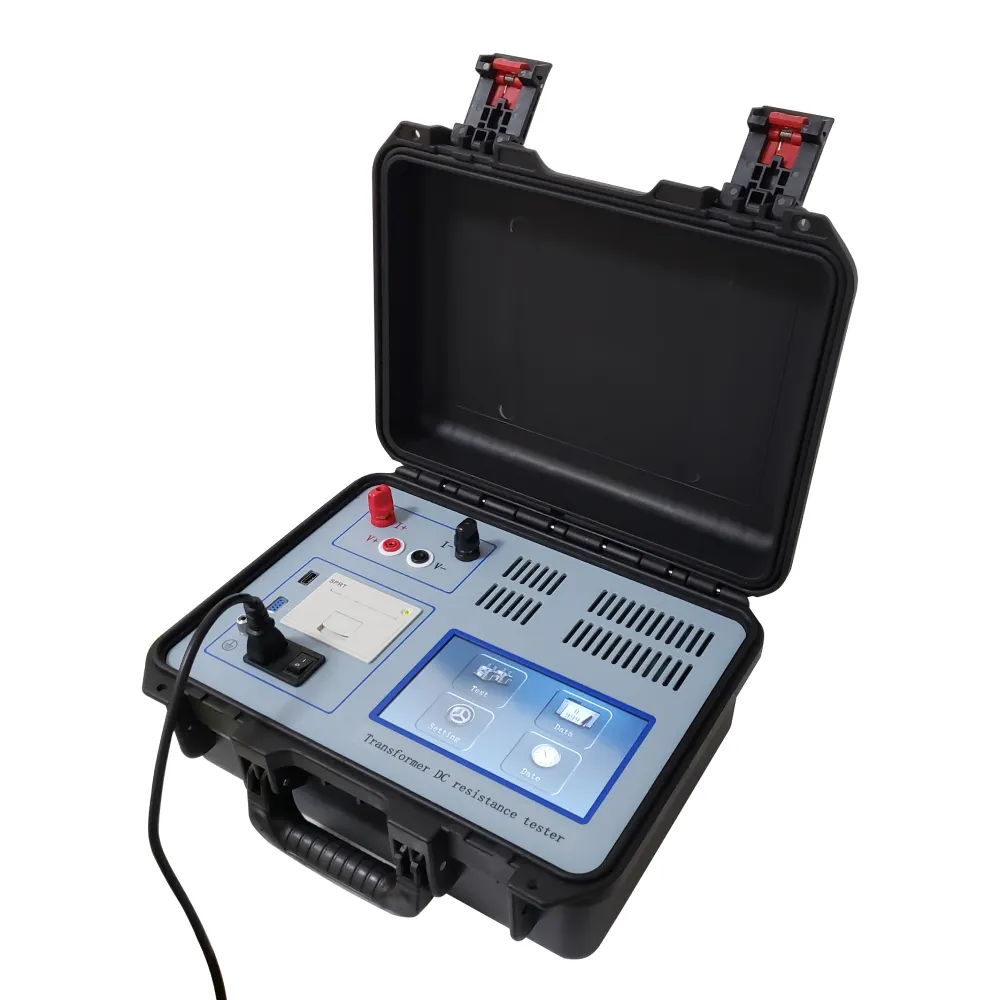 English
English


line impedance tester
Line Impedance Tester Ensuring Electrical Safety and Efficiency
In the world of electrical engineering, the integrity of power distribution systems is paramount. One of the essential tools used to evaluate the quality and safety of electrical installations is the line impedance tester. This device plays a critical role in assessing the line impedance of circuits, which helps ensure proper functioning and safety in electrical systems.
At its core, a line impedance tester measures the impedance of a circuit during a testing procedure. Impedance, which comprises both resistance and reactance, is a measure of how much the circuit opposes the flow of alternating current (AC). By measuring this parameter, engineers can determine whether the installation meets required standards for safety and efficiency. It is particularly important for systems that utilize residual current devices (RCDs), as improper impedance levels can lead to nuisance tripping or failure to trip in hazardous conditions.
The testing process involves connecting the line impedance tester to the circuit under inspection. The device applies a small current to the circuit and measures the resulting voltage drop. Using Ohm's law, it can then calculate the impedance. This testing is often performed on various electrical installations, including residential, commercial, and industrial systems, to ensure compliance with electrical safety regulations.
line impedance tester

One of the primary benefits of using a line impedance tester is its ability to help identify poor connections or faults within the electrical system. High impedance readings can indicate loose or corroded connections, which can lead to increased heat generation, energy losses, and even fire hazards. By identifying and rectifying these issues promptly, electricians and engineers can ensure the longevity and reliability of electrical systems.
Moreover, line impedance testing is an essential part of preventative maintenance. Regularly assessing the impedance of electrical installations allows for early detection of potential problems, enabling proactive measures to be taken before a complete failure occurs. This can save both time and money, as well as reduce downtime in critical systems.
In addition to safety and maintenance, line impedance testers are also vital for system performance. By ensuring that impedance levels are within specified limits, these devices help optimize the efficiency of power delivery, minimizing energy losses and operational costs.
In conclusion, a line impedance tester is an indispensable tool in the realm of electrical engineering. Its ability to accurately measure circuit impedance not only enhances safety but also contributes to the efficiency and longevity of electrical systems. As technology continues to advance, the role of line impedance testers will remain crucial in ensuring that our electrical infrastructure operates safely and efficiently, paving the way for a more reliable power supply in our daily lives.
-
Differences between open cup flash point tester and closed cup flash point testerNewsOct.31,2024
-
The Reliable Load Tap ChangerNewsOct.23,2024
-
The Essential Guide to Hipot TestersNewsOct.23,2024
-
The Digital Insulation TesterNewsOct.23,2024
-
The Best Earth Loop Impedance Tester for SaleNewsOct.23,2024
-
Tan Delta Tester--The Essential Tool for Electrical Insulation TestingNewsOct.23,2024





